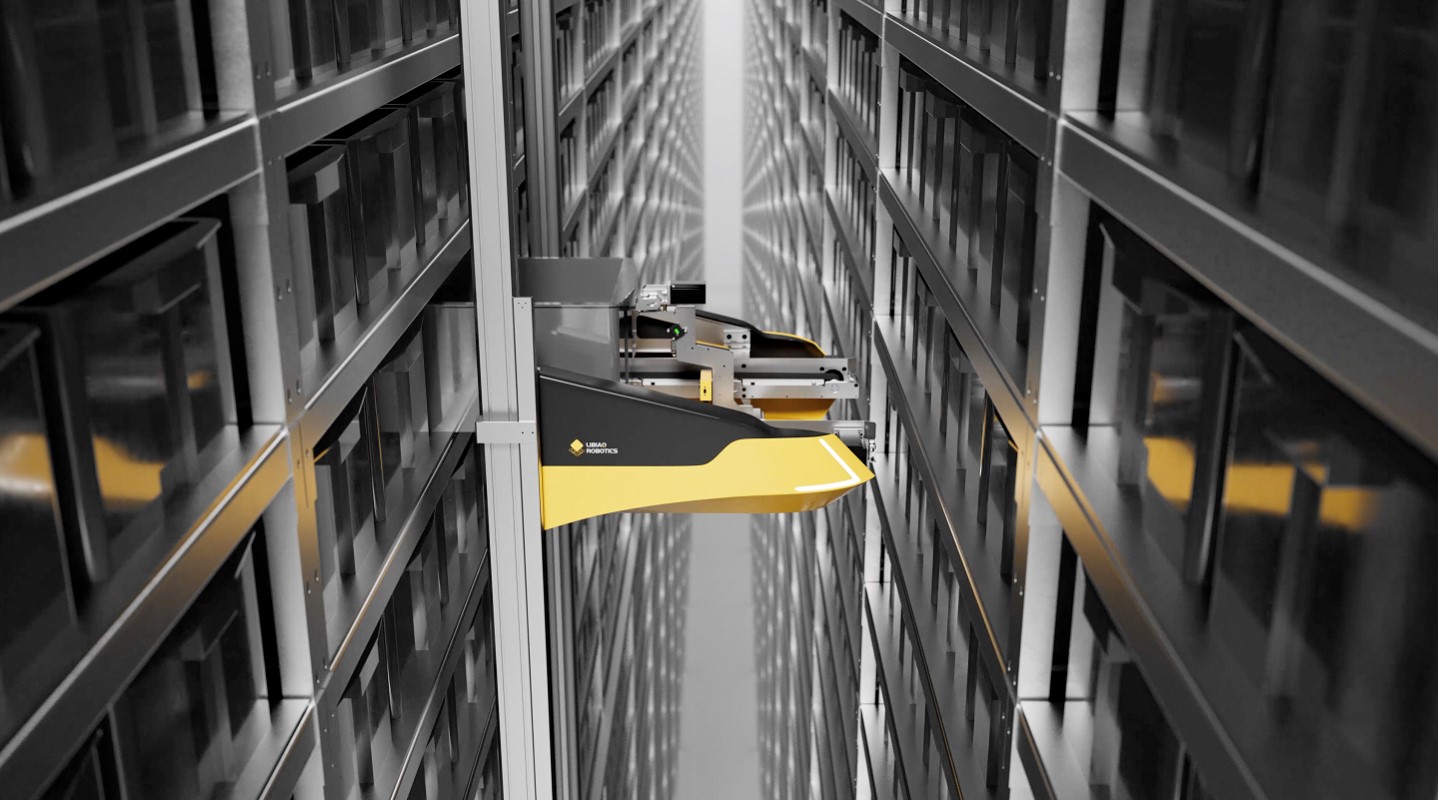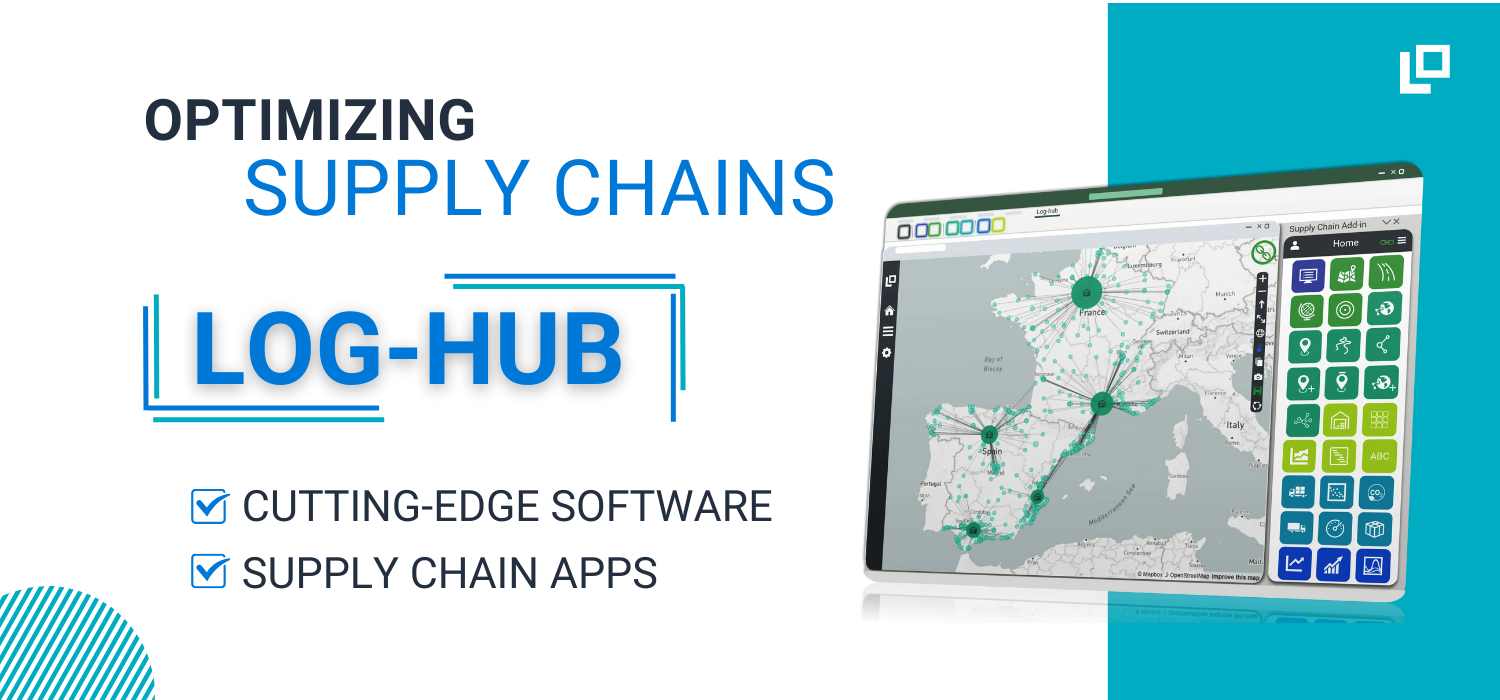Everybody is talking about Artificial Intelligence but what are its potential applications for warehousing and supply chain? Edward Napier-Fenning, Sales & Marketing Director of leading supply chain software company Balloon, explores five key areas that can boost performance – including route planning, picking, labour management reporting and data entry.
Quite suddenly, Artificial Intelligence (AI) is everywhere. As with the early days of many other revolutionary technologies, there is a lot of overclaiming, and a lot of what is currently touted as ‘AI-enabled’ is really only a sequence of, admittedly very fast and very clever, algorithms, following logical pathways devised by the humans. The ability to process immense amounts of ‘big data’ at lightning speed is impressive and extremely valuable, but it doesn’t of itself constitute Artificial Intelligence. True AI has the ability to learn from historic data and from current activities, and, in a sense, rewrite its own algorithms.
The pace of development of AI is accelerating and we can already see some key areas in warehousing and logistics where it can be applied.
1. Enhanced route planning
Up to now a driver has set off with a fixed route, perhaps a regular round, or one planned a day or two earlier, and it is up to him/her to work out the best response to an accident, traffic jam or other event as and when these arise. Now, traffic management can be linked in real time to resources such as Google, working out not just the work-around a current problem, but using its learning to predict where the congestion is likely to occur, which strangely often isn’t at the site of the actual incident. This makes a more robust avoidance recommendation and helps keep deliveries to and from the warehouse on schedule.
This approach to route planning can work in tandem with dynamic load building. Currently, there isn’t a full order file at the beginning of the day, or at the point where drivers and routes have to be fixed for the next day’s operations. The route, therefore, may include destinations where there isn’t actually a drop to be made, or leave out drops that could usefully have been made. Intelligent systems can continually replan, modify and optimise the routes as the order profile builds up. That in turn can assist with the next topic, that of efficient order picking, which of course has its own pathing and routeing issues.
2. Efficient picking
A lot of the noise around AI in the supply chain is around issues like inventory and ordering. Improvement here is clearly important, but we have barely begun to touch on how to run the warehouse more efficiently, which is where some really big labour and administration costs lie – as well as potential savings.
Pick path optimisation is a hot topic in warehousing, although at the low end this amounts to little more than putting orders into a sequence and chopping them up into blocks of work. It is nice to be able to do this really quickly, but true AI is beginning to be able to look at the whole situation more intelligently: where goods are in the warehouse, what goods can or cannot be combined on a given trolley or container (and where those containers are), what the priority orders are (which has clear links to the routeing question above), and thus building the most efficient pick routines possible.
AI will be able to improve the choice and operation of picking strategies – and the optimum may differ according to the type of goods, or even the time of day. Strategies are many and varied: for example batch picking, which involves walking a route, picking one SKU at a time for a batch of orders. Or it could be zonal or ‘cluster’ picking where the operator picks all the SKUs in one ‘zone’ for a batch of orders, and the tote (with or without that operative) then moves on to the next zone.
Cluster picking is usually more efficient but does require the layout of goods in the warehouse to be optimised, so that goods most likely to occur in the same orders are grouped together, and the orders to be clustered around similar profiles. It also means that orders aren’t necessarily being picked in strictly chronological order, i.e., according to the departure times of the delivery route, and so are vulnerable to congestion delays, perhaps because of narrow aisles or the need to separate pedestrians from trucks and other machinery.
Working with client Pets Corner, Balloon has been developing a general purpose order clustering model, which can operate as a cloud-based web function. The new technique has accelerated the time taken to pick a wave of orders by 38%. This approach doesn’t strictly use any developed AI, but we can easily see that AI could enable further significant improvements in both the layout and operation of order picking and the selection of the most appropriate strategy for those orders, right now. We are, for example, working on ways by which this approach could be extended to multi-line orders, and to having ‘start points’ for picking routes at different places in the warehouse. That rapidly becomes rather complex, and AI will be very helpful in working things out.
One source of efficiencies is that operations need not be so bound by ‘standard’ processes, which sometimes may not be necessary. A minor example is some work we recently did for Birlea. This firm had a conventional procedure whereby picked goods are given a ‘WMS’ label showing the order to which they are assigned, and sent on for checking and repacking, after which they are given a different ‘carrier’ label. But their furniture items don’t need checking or repacking. It proved possible to eliminate the WMS label for these goods, and reprogramme the SQL so that the system thinks the carrier label is the WMS label it was expecting at this point. That in itself doesn’t require AI, but it is easy to conceive of AI systems that can learn to recognise that for a particular item certain processes are redundant and can be eliminated – without the risk of a human operator making the wrong call.
3. More effective labour management
In current conditions the greatest challenge for increasing efficiency is that of where to allocate scarce and expensive labour. A facility with good Warehouse Management Software (WMS) and other systems should have a great deal of data from end to end: what is happening in receiving, put away, picking, replenishment and so on. That should tell the operator where they need to put their people, but it is complex. A traditional WMS manages this, up to a point, but relies heavily on people creating, inputting and maintaining data, from standard times for elements of work, to who is allowed to perform certain tasks, and so on.
To some extent we are already able to marshal goods, activities and resources more effectively using historical records and current data capture to allow more complex labour management models. But AI could certainly make a further contribution in pulling data from the various different sources and making sense of it.
Effective deployment will become even more important as companies take up the use of robotics in the form of ‘cobots’ – machines working collaboratively with people. This is perhaps particularly pertinent for SMEs, who can increasingly afford this type of automation, and need it to be a lot more flexible than the big ‘goods-to-person’ automated systems operated by large operations. For example, workers could be ‘tagged’ with a Bluetooth device to locate them relative both to the current or intended position of a robot and the position and current status of priority orders, but taking full advantage of this requires intelligent systems.
We don’t see the use of AI to improve labour efficiency as primarily about reducing headcount. Rather it is about eliminating ‘dead time’, and non-productive activities such as walking from one end of the warehouse to the other. Obviously, that improves productivity, but also it is easier to retain good people if they aren’t spending half their time idle and the other half in a frantic rush, which can leave staff feeling both fatigued and under-valued.
4. More accurate reporting and analytics
Balloon is actively involved in applying AI in the supply chain space. Activity in the sector is growing fast. It has to be remembered that everyone’s environment is different, especially among SMEs, which is one of the reasons why AI’s ability to learn from the situation, rather than merely process an externally derived algorithm, is so attractive. Another consideration is that a lot of the data is text-based, so one of the things we are doing is to pull data from multiple sources into a Microsoft analytics package with a data model that tells the system how to relate data to different objects. We can create a dashboard and on top of that we can layer some ChatGPT type functionality – ‘show me a pie chart of my staff picking by day and by person’ – so managers don’t have to ask IT to build them a report.
AI based systems can lift a lot of the cost and burden of manual record keeping and analytics, not to mention eliminating (or at least detecting) the errors that inevitably arise in manual systems. Ultimately there may even be savings to be had in integrating all the different systems that warehouse and distribution operations use: AI may be able to ‘learn’ how to get data from one system to another, despite apparently incompatible formats, rather than having someone laboriously write code for every eventuality.
5. Enhanced image recognition and reduced rekeying
AI is already making a difference here, for example in data entry, including Optical Character Recognition and image scanning – making sense of it, relating it to other elements in the system, and particularly in looking for errors and discrepancies. That might be a quantity difference between a sales order and the relevant pick note; or it might be a delivery address that doesn’t exist or doesn’t make sense: in which case it may be possible to configure AI to make intelligent suggestions about what the address should be, before the delivery driver sets off on a wild goose chase.
So there is a lot going on with AI in the warehouse environment. At present the landscape is a patchwork of small developments helping people to fit bits of AI to their operations, often to start with just eliminating smaller pieces of work at the interfaces between systems, which is where, for instance, data discrepancies tend to manifest. But this patchwork will surely coalesce in fairly short order.
That chimes with Balloon’s own approach whereby our innovation team is targeting small pockets of advanced functionality, clustering being one of the first, and one where we have already seen big efficiency gains on customer sites.
Warehouse management is characterised by multiple data inputs and multiple possible decisions and output scenarios. These are beyond the capability of human managers to optimise robustly and in time, while traditional algorithmic approaches rely on assumptions and simplifications that are often not always or entirely valid. Meanwhile, scarce labour may be sitting around waiting to be told what to do. AI promises to provide the tools to resolve these problems.






